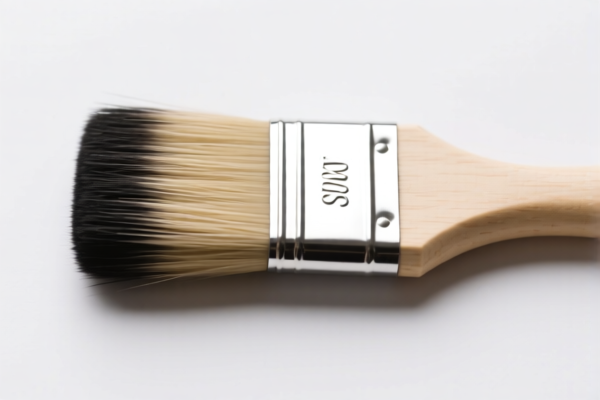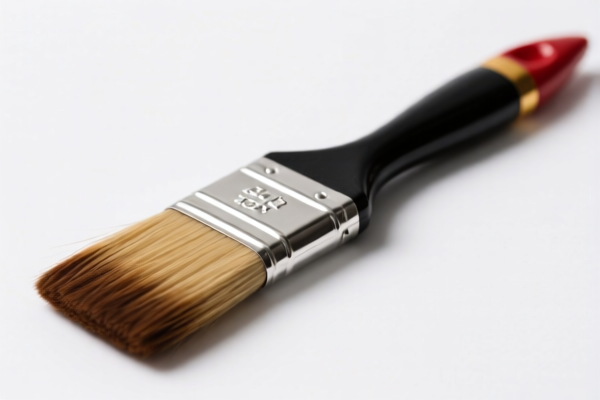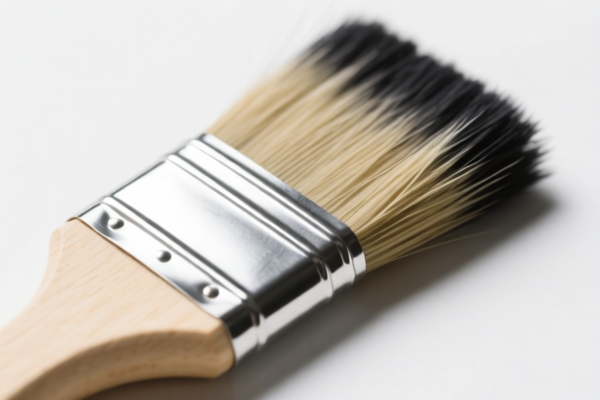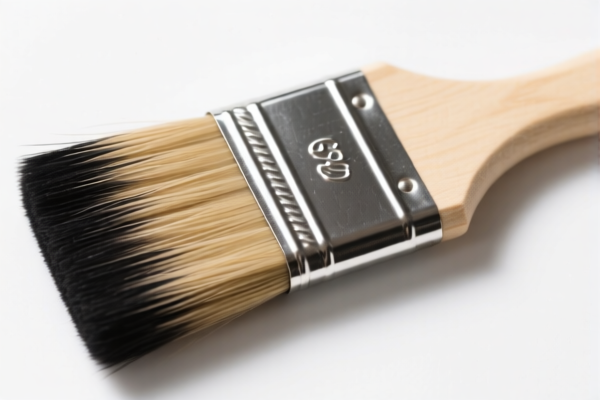| HS Code | Official Doc | Tariff Rate | Origin | Destination | Effective Date |
|---|---|---|---|---|---|
| 9603908040 | Doc | 40.3% | CN | US | 2025-05-12 |
| 3926901000 | Doc | 40.9% | CN | US | 2025-05-12 |
| 3924104000 | Doc | 33.4% | CN | US | 2025-05-12 |
| 3924905650 | Doc | 40.9% | CN | US | 2025-05-12 |




Floor Brush
A floor brush is a cleaning tool consisting of bristles attached to a handle, used for sweeping or scrubbing floors and other surfaces.
Material
- Bristles: Traditionally made from natural fibers like tampico (from the agave plant) or palmyra. Modern brushes commonly utilize synthetic materials such as polypropylene, nylon, or PET. Synthetic bristles are generally more durable and resistant to chemicals and water damage.
- Handle: Typically constructed from wood, plastic (polypropylene or PVC), or metal (often aluminum).
- Block: The head of the brush, which holds the bristles, is often made of wood or plastic.
Purpose
The primary purpose of a floor brush is to dislodge and remove dirt, dust, debris, and liquids from floors. They can also be used for scrubbing surfaces to remove stains or grime.
Function
Floor brushes function through the mechanical action of the bristles agitating the surface being cleaned. The bristles loosen particles, which can then be swept or washed away. The angle and stiffness of the bristles, along with the force applied by the user, determine the effectiveness of the cleaning.
Usage Scenarios
- Indoor Floors: Commonly used on hardwood, tile, linoleum, and concrete floors.
- Outdoor Surfaces: Suitable for patios, decks, sidewalks, and driveways.
- Wet or Dry Cleaning: Depending on the bristle type and design, brushes can be used for both sweeping dry debris and scrubbing with water and cleaning solutions.
- Detail Cleaning: Effective for cleaning grout lines, corners, and edges.
- Commercial and Residential Use: Employed in both household cleaning and professional janitorial services.
Common Types
- Push Broom Style: Features a long handle and a wide brush head, designed for sweeping large areas. Often used outdoors.
- Hand Brush: Smaller in size with a shorter handle, ideal for detail cleaning and indoor use.
- Deck Brush: Specifically designed for outdoor deck cleaning, with stiff bristles and a long handle for reaching difficult areas.
- Toilet Brush: A specialized hand brush for cleaning toilet bowls. While technically a brush, it differs significantly in bristle material and shape.
- Scrub Brush: Features stiff, durable bristles for removing stubborn stains and grime. Often used with cleaning solutions.
- Corner Brush: Angled design for cleaning corners and edges effectively.
- Rotating Brush: Powered brushes with rotating heads for more efficient cleaning, often used on tile and grout.
Floor brushes fall under various classifications depending on their specific characteristics. Here's a breakdown of relevant HS codes based on the provided information:
-
9603.90.80.40: This HS code covers brooms, brushes (including those constituting parts of machines, appliances, or vehicles), hand-operated mechanical floor sweepers (not motorized), mops, and feather dusters. It specifically includes “Other brooms”. The first two digits (96) indicate “Miscellaneous manufactured articles”. The next two (03) denote “Brooms, brushes, mats, cleaning tools”. The following digits (90) specify “Other brooms, brushes, mats, cleaning tools”. The final digits (8040) further refine this to “Other brooms”. The applicable tax rate is a base tariff of 2.8%, an additional tariff of 7.5%, and a 30% additional tariff after April 2, 2025, resulting in a total tax rate of 40.3%.
-
3926.90.10.00: If the floor brush is made of plastics, it could be classified under “Other articles of plastics and articles of other materials of headings 3901 to 3914”, specifically “Buckets and pails”. The first two digits (39) represent “Plastics and articles thereof”. The next two (26) denote “Other articles of plastics”. The following digits (90) specify “Other”. The final digits (1000) further refine this to “Buckets and pails”. The applicable tax rate is a base tariff of 3.4%, an additional tariff of 7.5%, and a 30% additional tariff after April 2, 2025, resulting in a total tax rate of 40.9%.
It is important to determine the material composition of the floor brush to ensure accurate classification. If the brush is primarily plastic, 3926.90.10.00 may be more appropriate. If it is constructed from other materials, 9603.90.80.40 would be the relevant HS code.
Customer Reviews
No reviews yet.